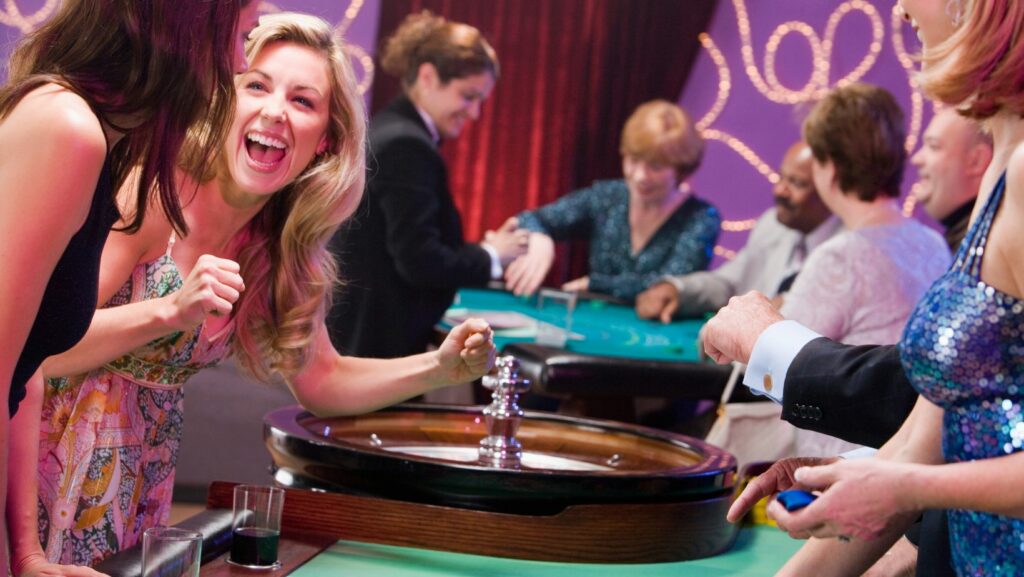As of 2025, legal gambling represents a $500 billion global industry, with casinos accounting for over a third of that amount. This revenue does not occur by chance, but through mathematical certainties built into every casino game that ensure the house profits over time.
Understanding house advantages embedded in games like blackjack, roulette, craps and slot machines offers insight into how major casinos can reliably earn profits across thousands of random games and player decisions.
Blackjack’s House Edge Hinges on Player Decisions
Blackjack is considered one of the most player-friendly casino games at Casino Mate Slots, with a relatively low house edge compared to slot machines and roulette. However, the key factor that determines blackjack’s house advantage lies with the players themselves.
The house edge in blackjack can range from 0.5% up to 2% or more, based heavily on player skill in making decisions on hits, stands, splits and doubles. The perfect basic strategy reduces the house edge to around 0.5%, while poor strategy can push it over 2%, handing hundreds of extra dollars to the casino over time.
This example illustrates the house edge in blackjack:
| Player Skill Level | House Edge | Casino Profit on $10,000 Wagered |
| Perfect basic strategy | 0.5% | $50 |
| Average basic strategy | 1.5% | $150 |
| Poor strategy | 2.5% | $250 |
While card counting can shift the odds into a skilled player’s favor, casino countermeasures like shuffle tracking, limiting bets, and banning players make this uncommon today in major casinos. For most blackjack players, following perfect basic strategy guidelines is key to minimizing the inherent house edge.
Roulette & Slots: Consistent Mathematical Edges for Casinos
Unlike blackjack, casino games like roulette and slot machines keep their profit percentages consistent over time, requiring no player decisions that could impact the built-in house edge:
Roulette

The American roulette wheel has 38 number slots – the numbers 1-36, plus a 0 and 00 slot. With only a 1-in-38 chance per spin, the house edge sits constant at 5.26%. For European roulette (one 0 slot), it drops slightly to 2.7%.
On a $100 bet per spin over 1,000 spins, a 5.26% house edge would mean average player losses of $526, and casino profits of the same amount.
Slot Machines
Similarly, slot machines carry an unchanging house edge in the range of 2% to 15%, dictated by the payback or RTP (return to player) percentage set for an individual game title or machine.
If a slot game is set at a 90% RTP, the house edge remains fixed at 10% of money wagered. Over $10,000 inserted into that slot, the casino can expect average profits of $1,000.
Consistent Mathematical Certainties

Other major casino table games further demonstrate how house edges remain embedded, regardless of player decisions or short-term outcomes:
Craps
Considered one of the most thrilling and social casino games, craps still carries a consistent and significant house edge averaging around 5%, reaching up to 10% on certain longshot bets like Big 6/8.
Baccarat
Both the player and banker bets in baccarat offer a slight 1.24% house edge, while tie bets dramatically increase that edge to 14% due to their rarity. With its simple rules, baccarat’s player decisions have no capacity to alter those mathematical certainties.
Poker
Poker pits players against each other instead of the house, but casino profits are still extracted mathematically through rakes taken from pots and tournament entries. Rakes often run from 5-10% in cash games and 10-20% in poker tournaments.
So whether considering player decisions or randomness, major casino games all carry mathematical certainties of built-in house edges that allow these massive gaming venues to reliably profit every year. While players can win in the short run through good luck or blackjack skill, the weight of probability and house edge mathematics guarantees casino earnings over longer time horizons.



